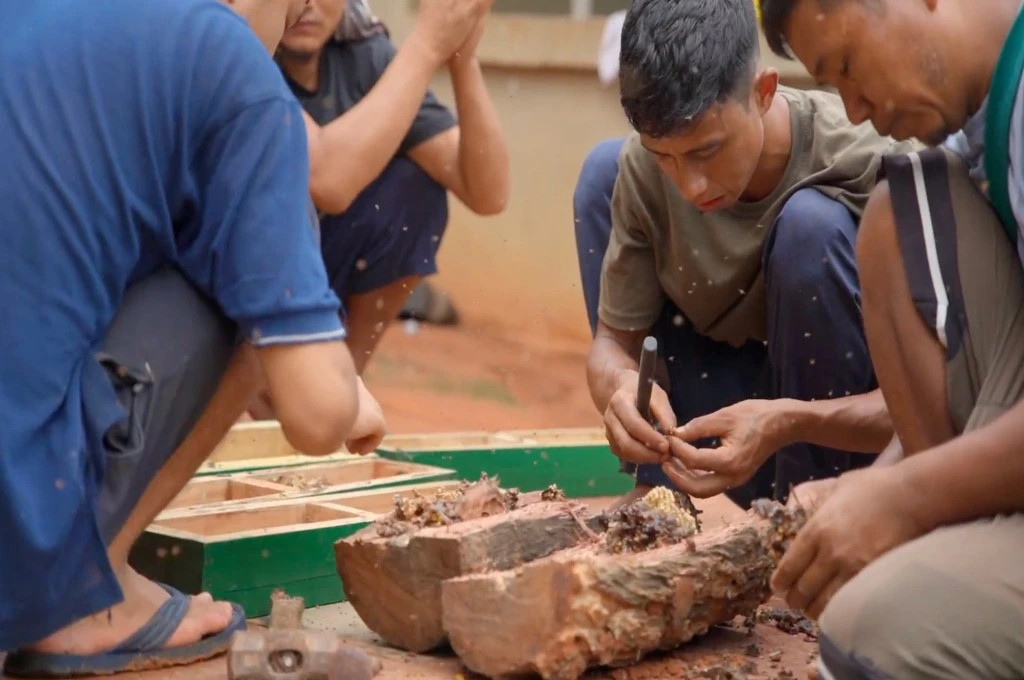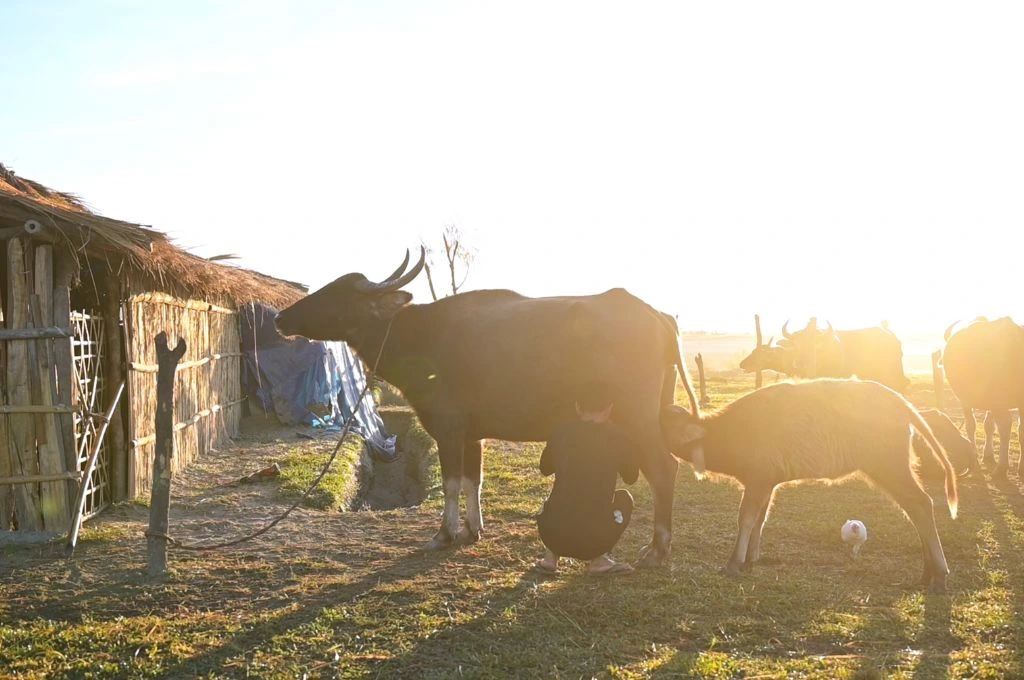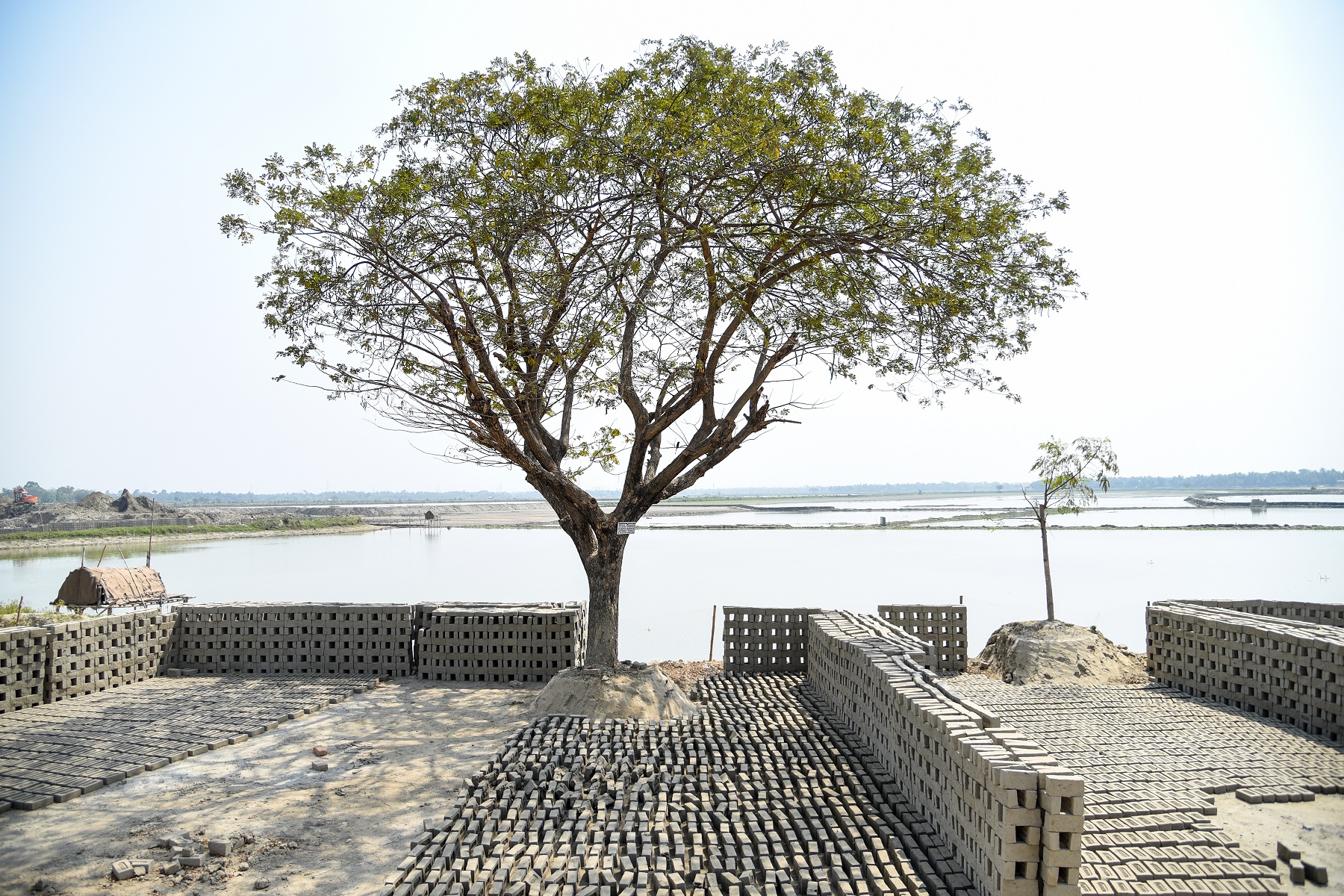
Brick kilns in North 24 Parganas district in West Bengal.
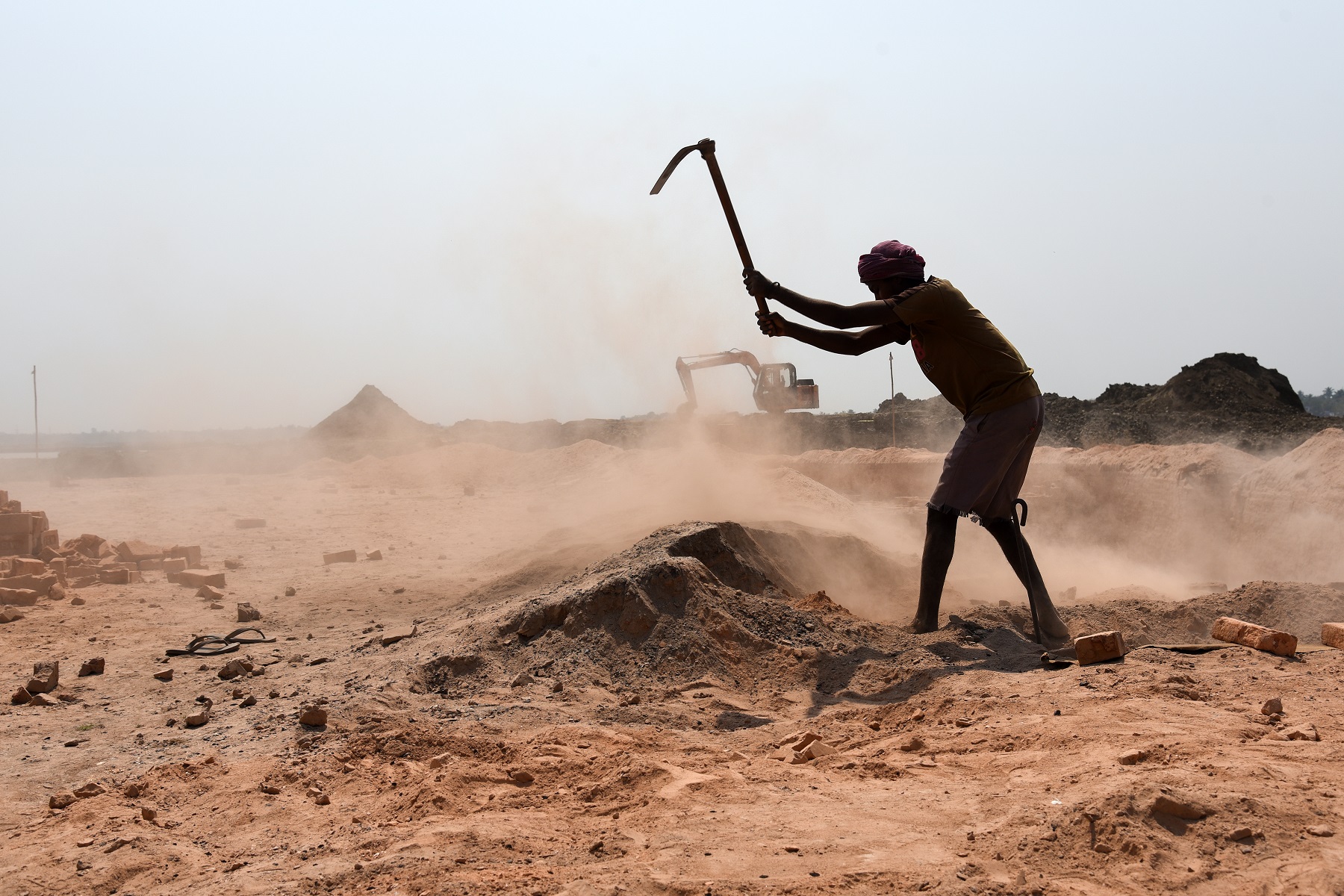
At least 10 million labourers in India are employed in the unorganised brick kiln industry.
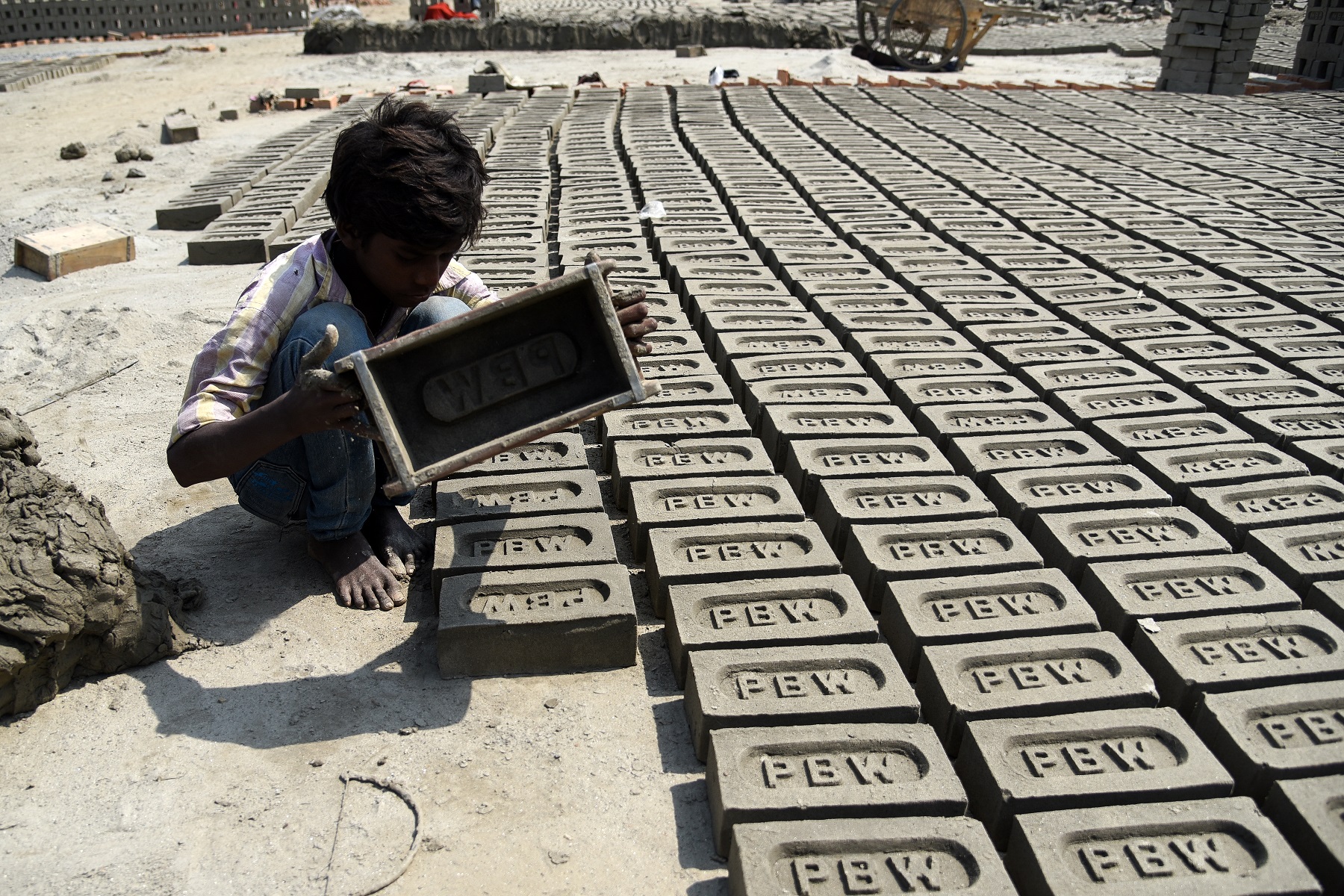
Pawan Kumar (name changed) moulds up to 200-300 bricks a day. When I asked how old he is, he shrugs and turns to his parents. “About 13 or 14,” replies his mother.
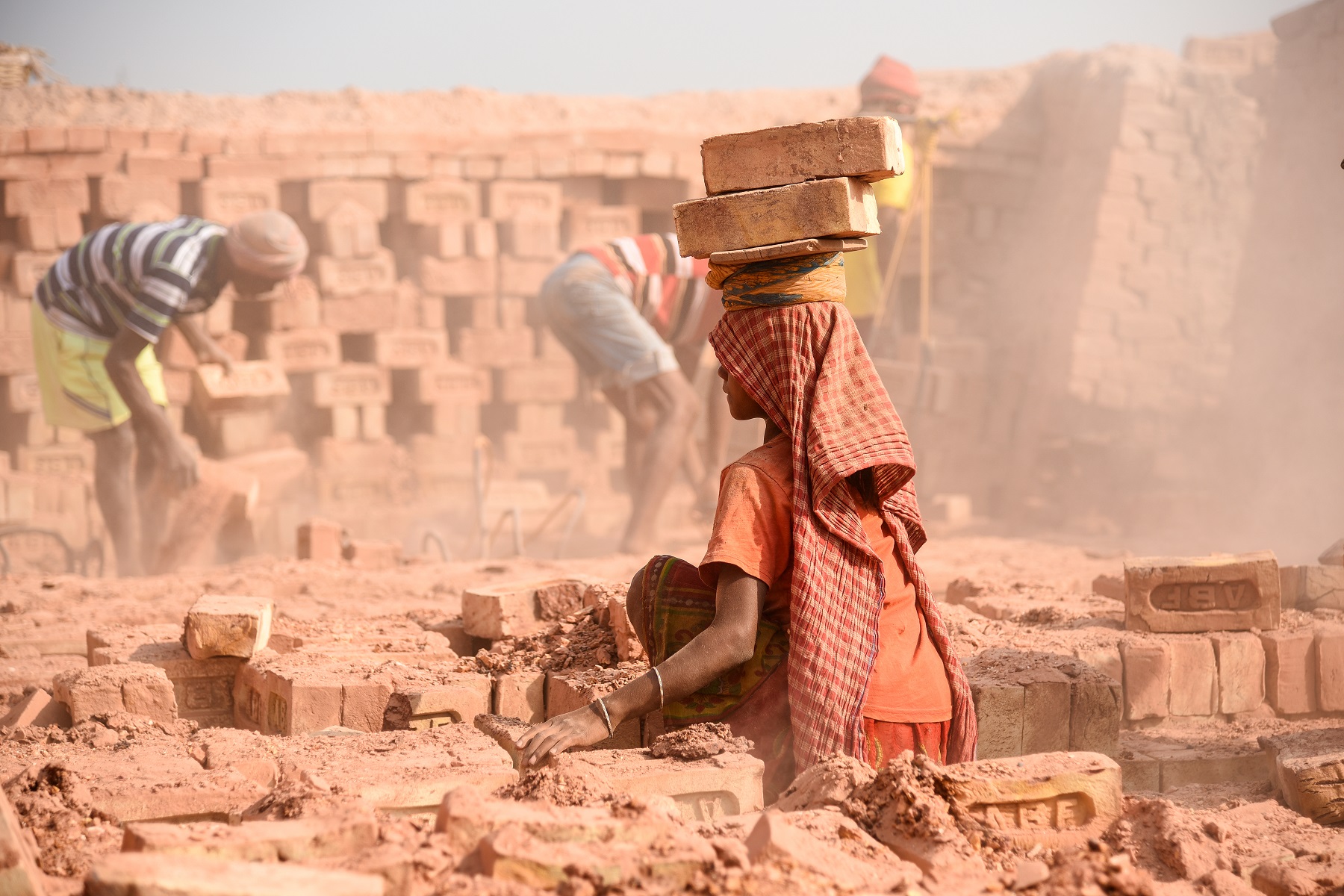
These brick kilns serve as a source of livelihood for thousands of unskilled labourers from Bihar, Uttar Pradesh and Jharkhand. The seasonal nature of the work attracts migrant labourers, many of them are landless farmers.
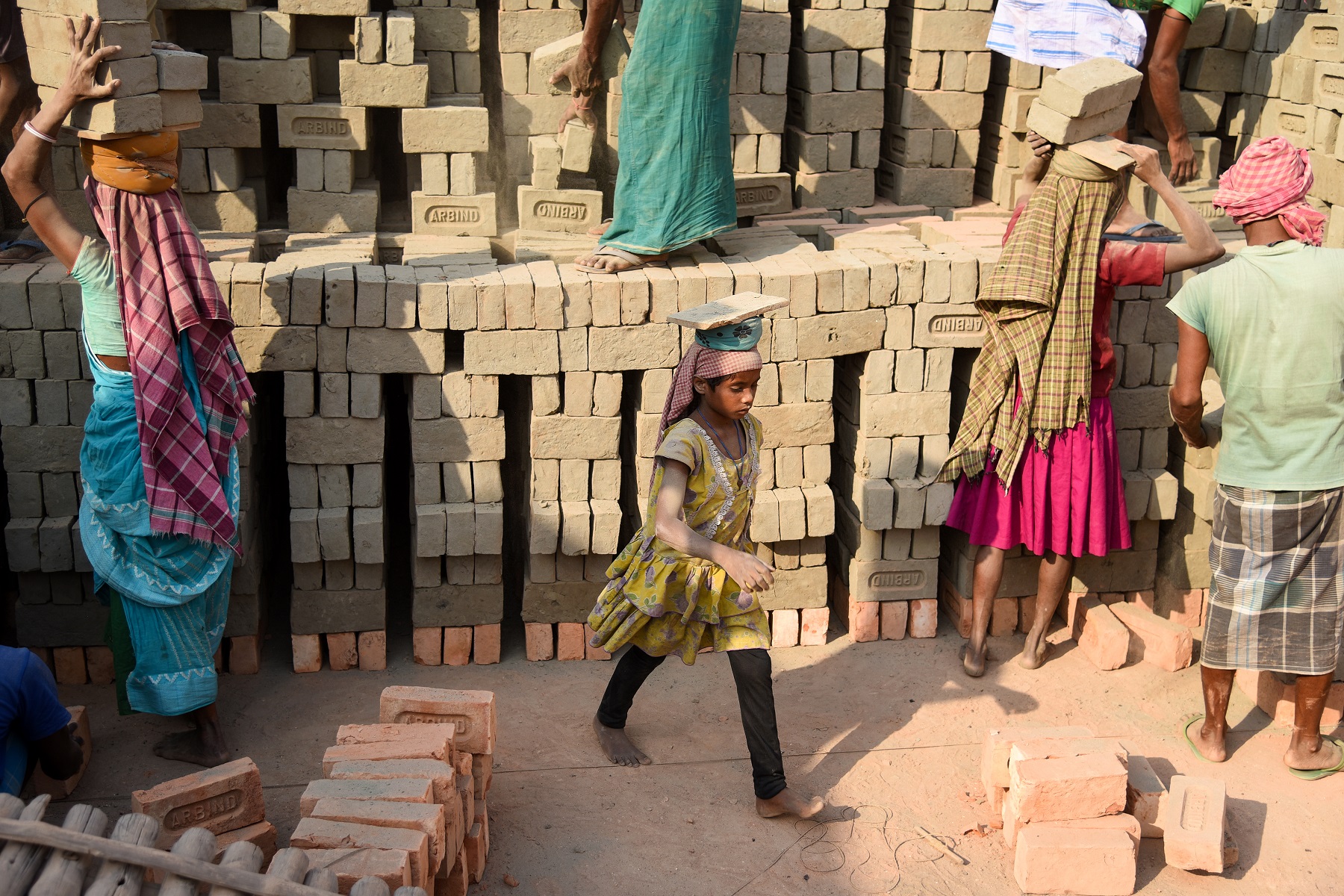
The entire family, comprising husband wife and children, move to the brick kilns and work as one unit for the full season of the operating kiln.
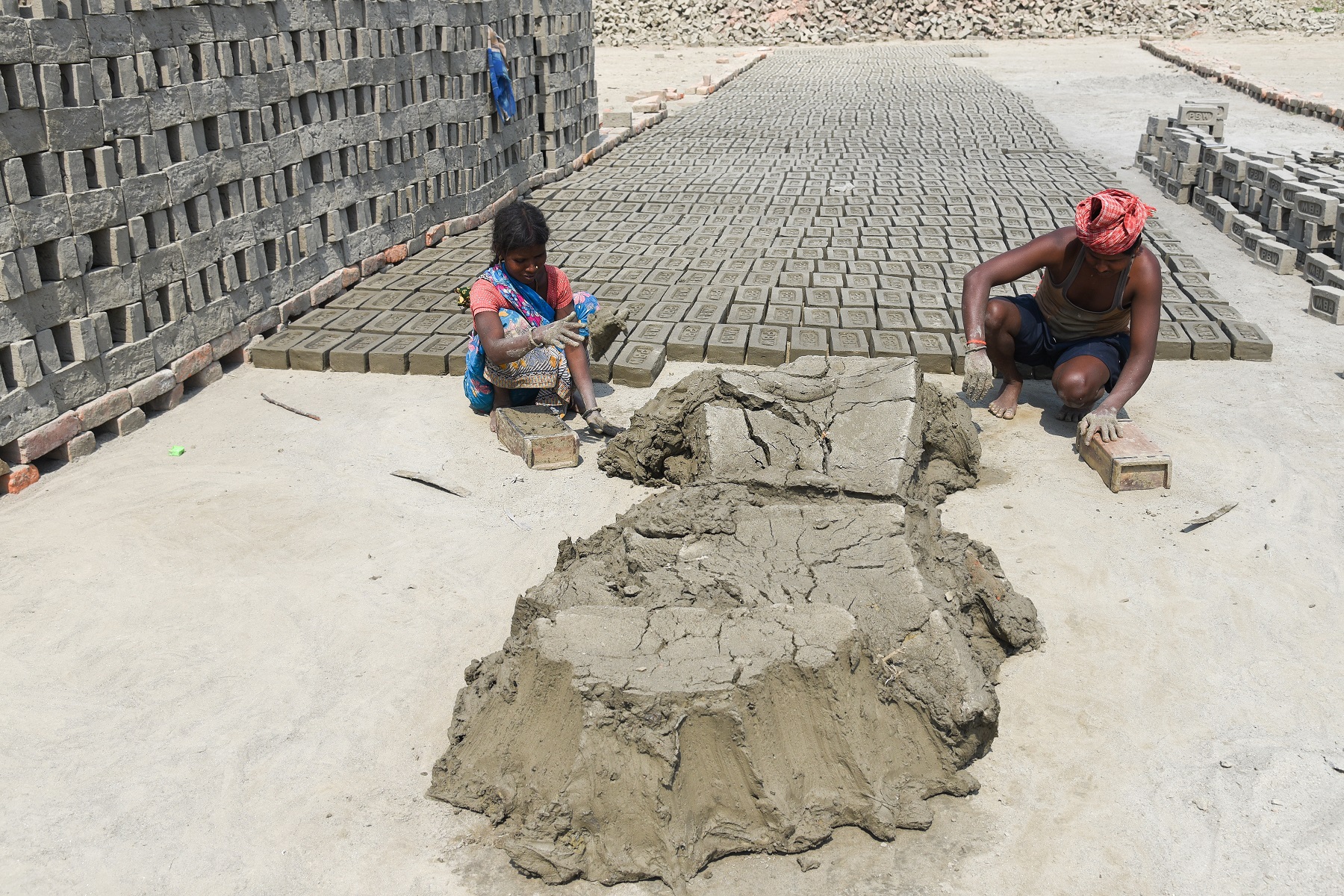
“The payment is made to the head of each family based on the number of bricks produced. It is not uncommon to find children involved in the process to maximise income. They get paid for each 1000 bricks they mould but it isn’t much for a family, so it’s important that the kids help out. An adult can make 500 bricks a day, a kid can make 200 to 300,” says a supervisor of a brick kiln in Barasat, North 24 Parganas.
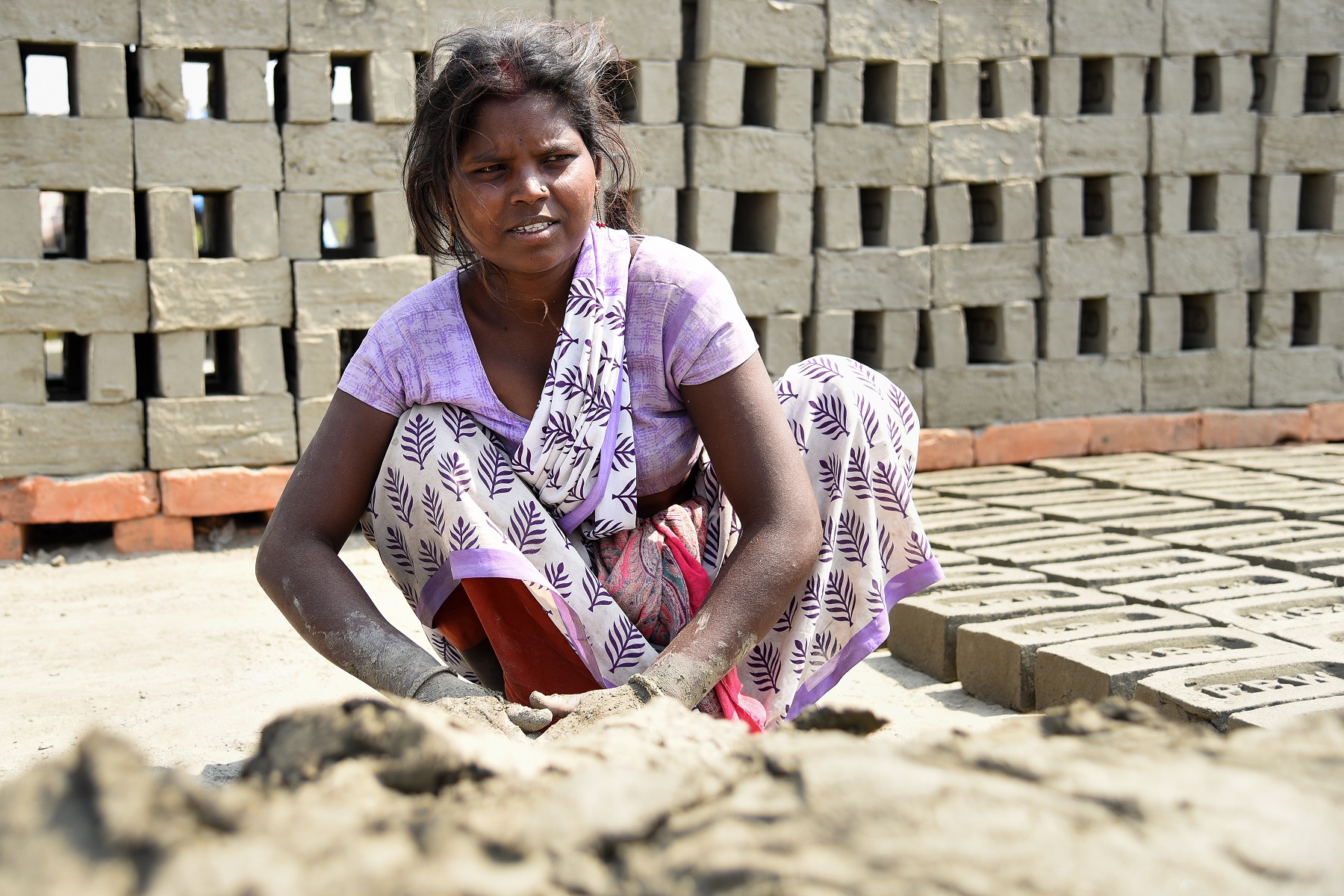
Reshma says, “I have been coming to work in the brick kiln for the past 13 years with my husband. There are no jobs in southern Bihar. My four children are also with me, I have no options to keep them at home”.
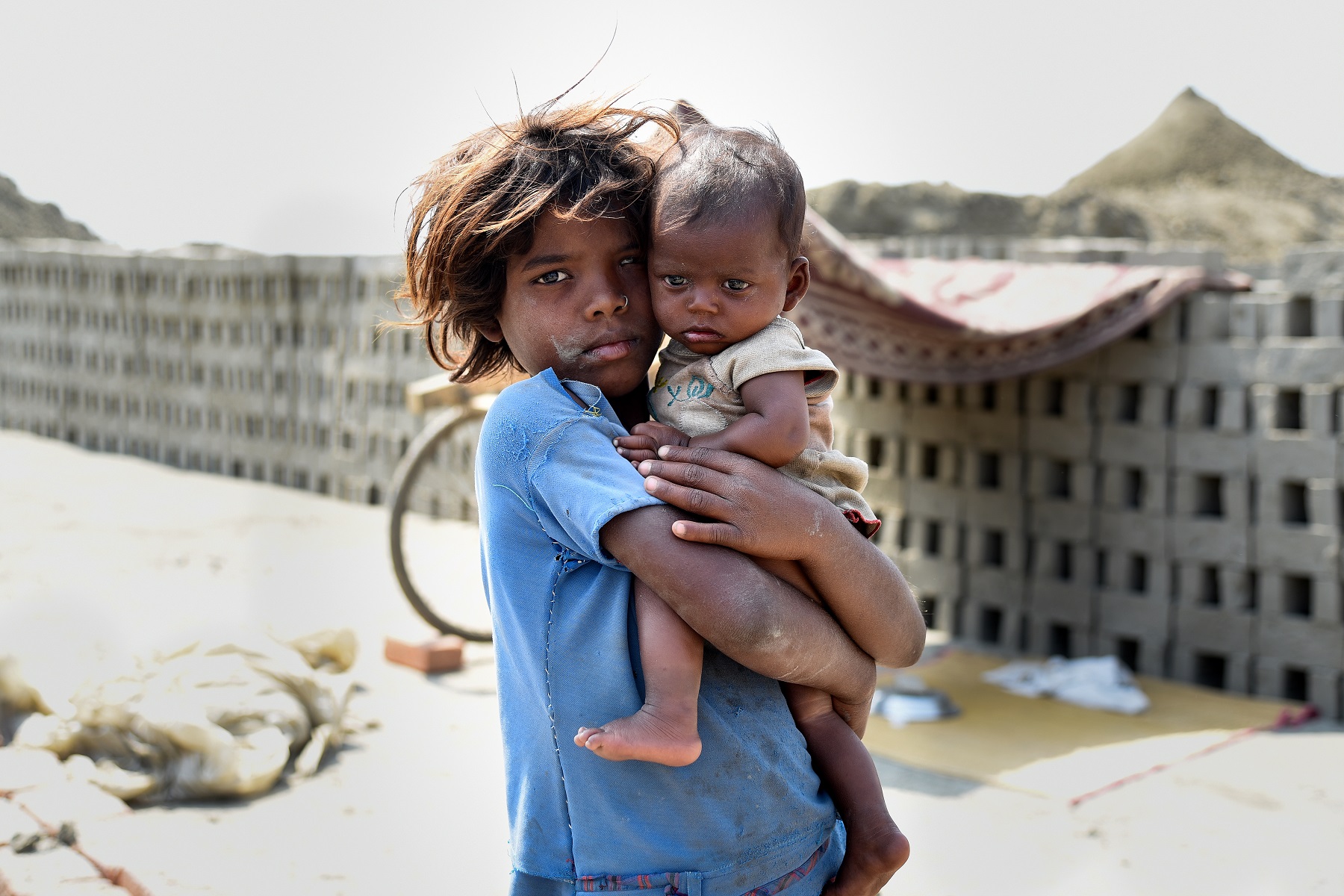
Children have to take care of their younger siblings.
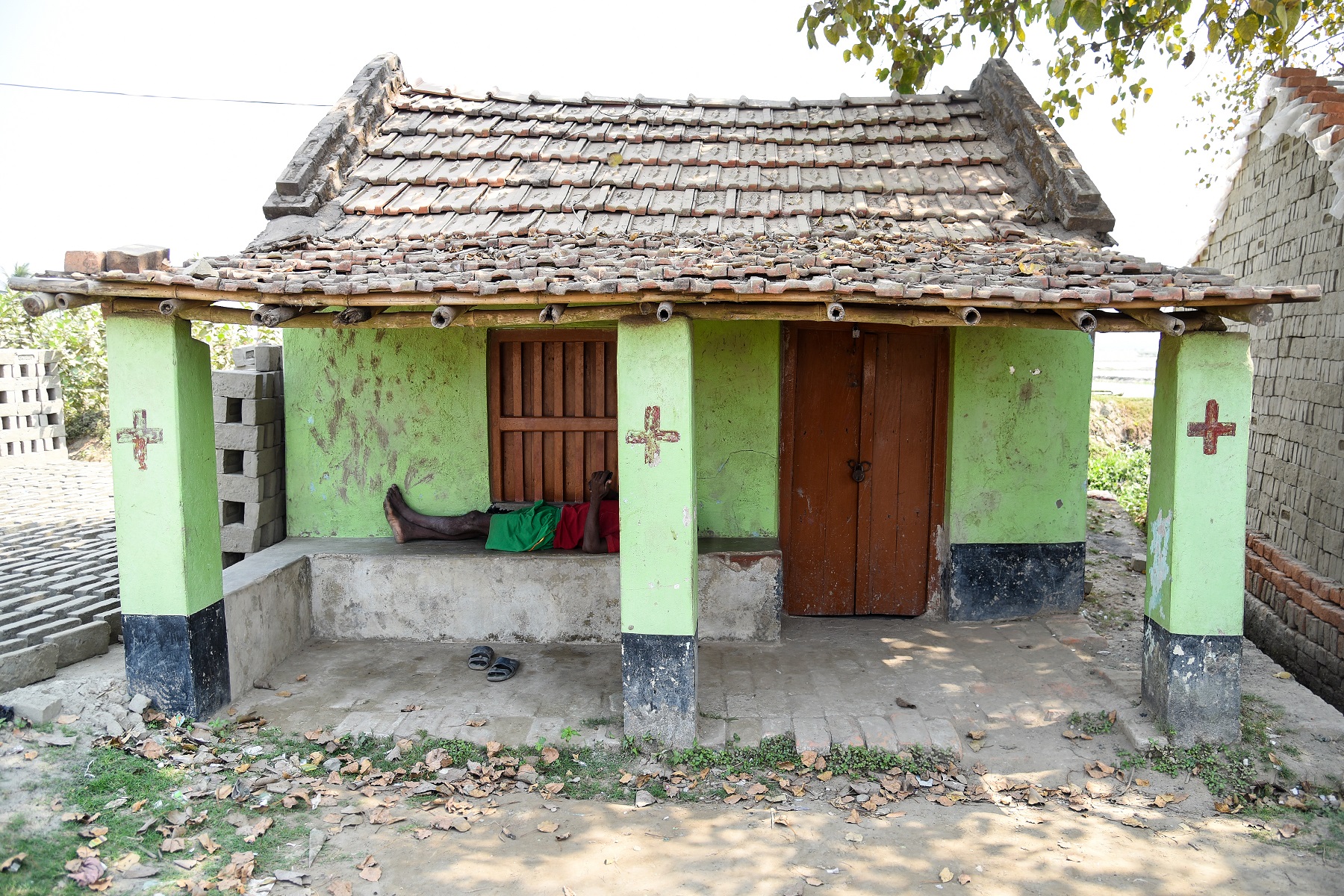
A closed health centre inside the brick kilns in North 24 Parganas district. The brick kiln supervisor says that a trained nurse visits once a week and gives medicines to migrant workers.
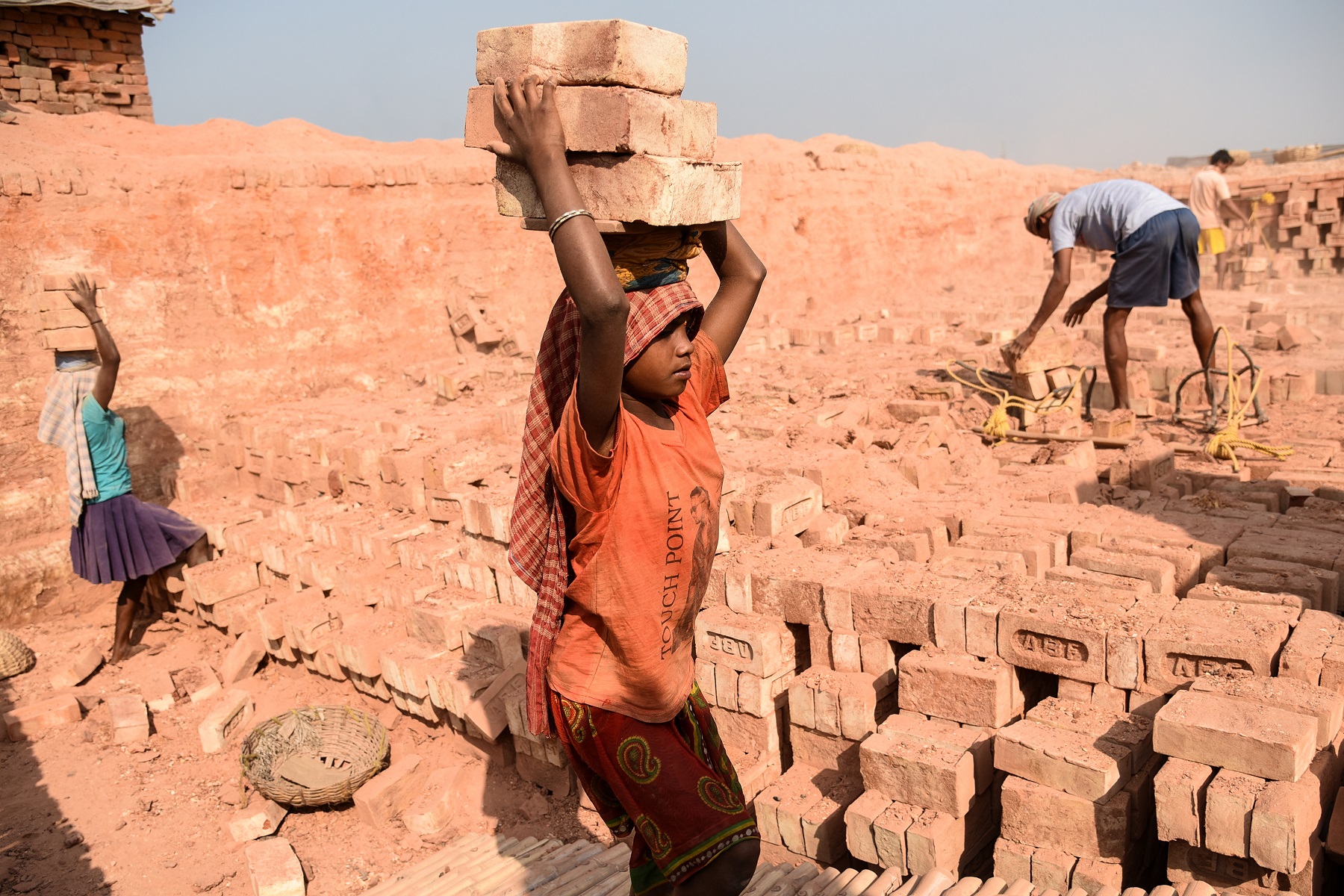
A female child labourer recalls, “I used to go to schools when I was in Ranchi, Jharkhand. I came here three months back with my parents. I also work with them”.
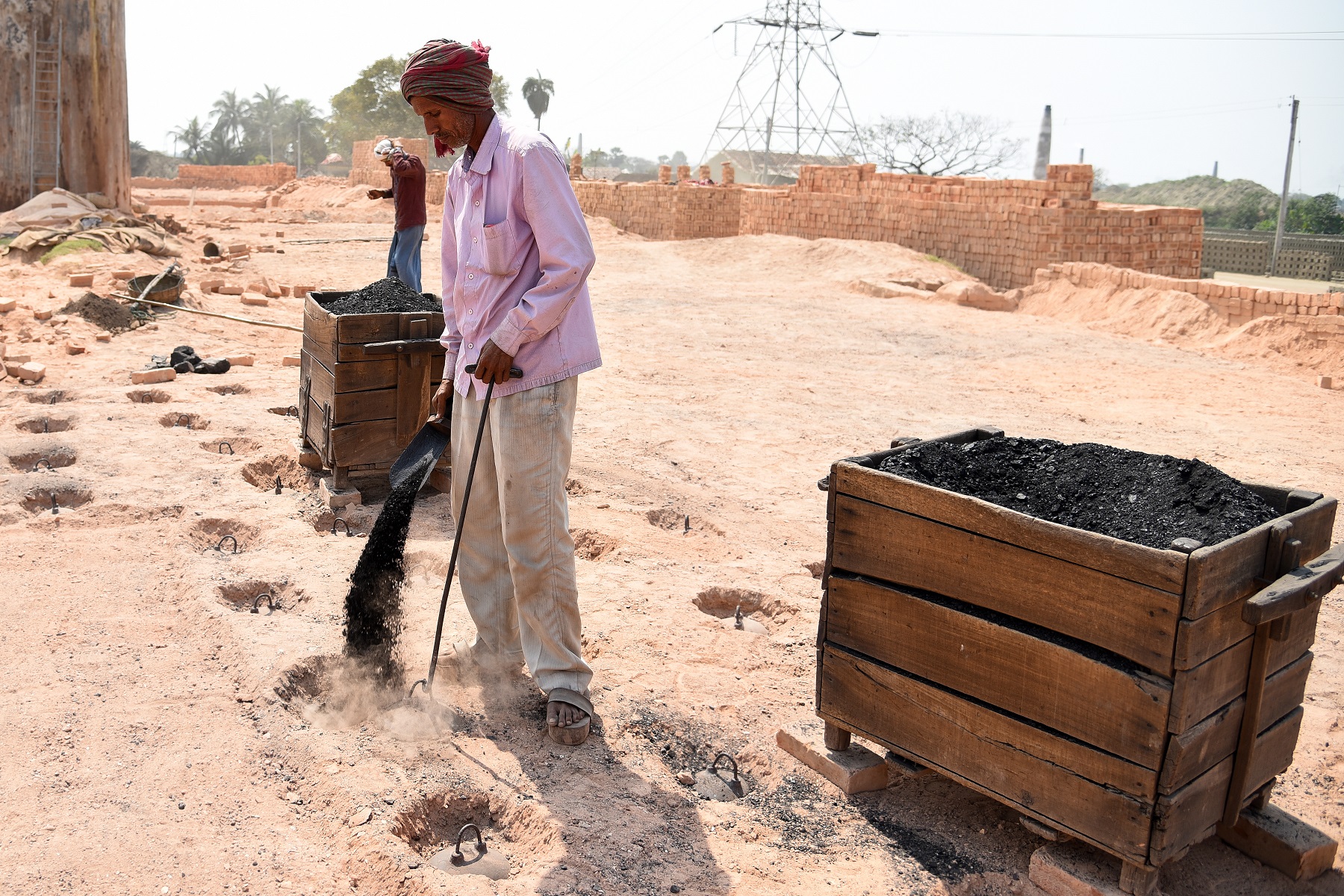
Harmful particles in the dust often result in respiratory diseases—workers frequently contend with breathing issues and infections.
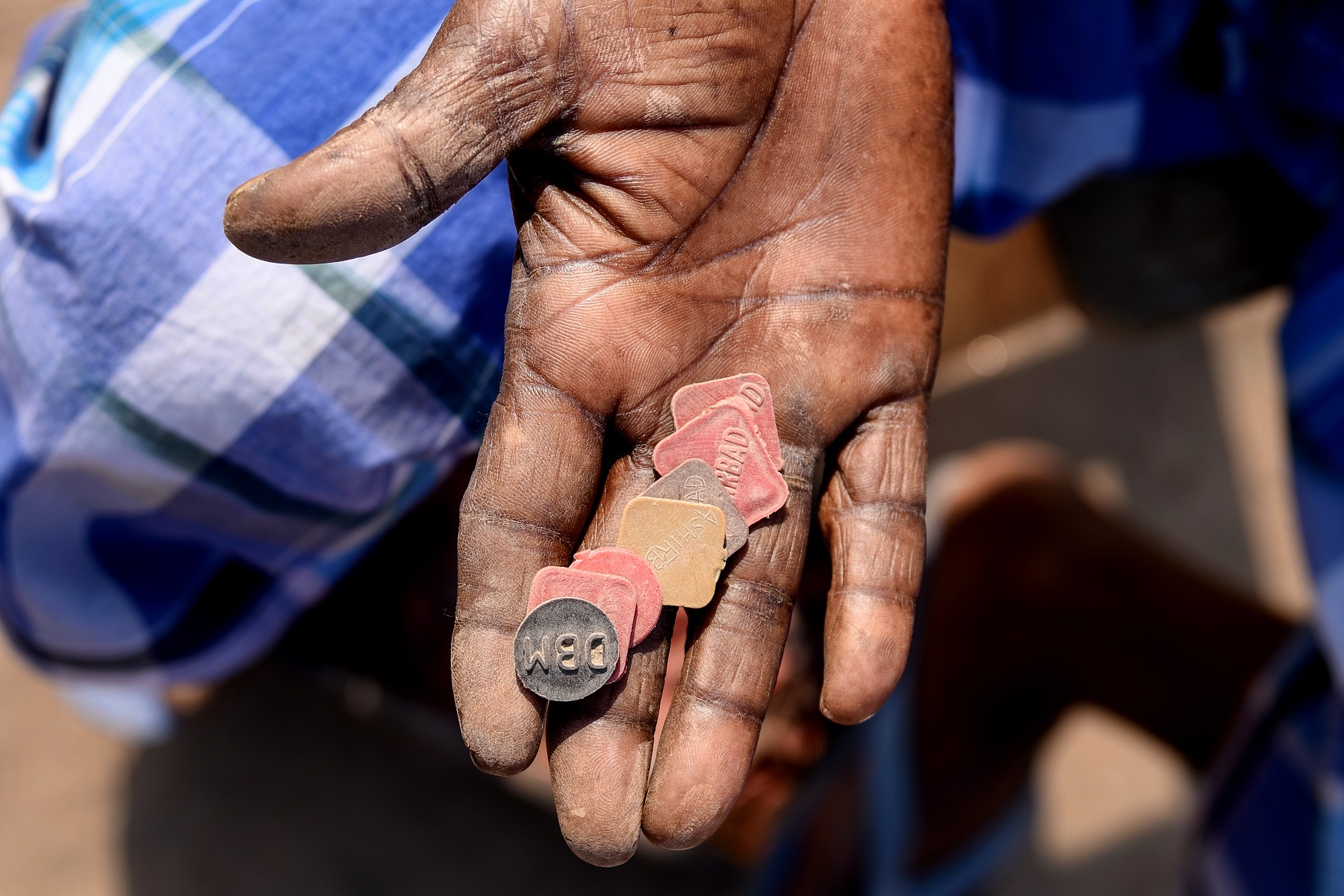
A worker counts tokens—he will get paid at the end of day based on how many of these he has. The workers’ daily wages are based on the number of bricks made or carried.
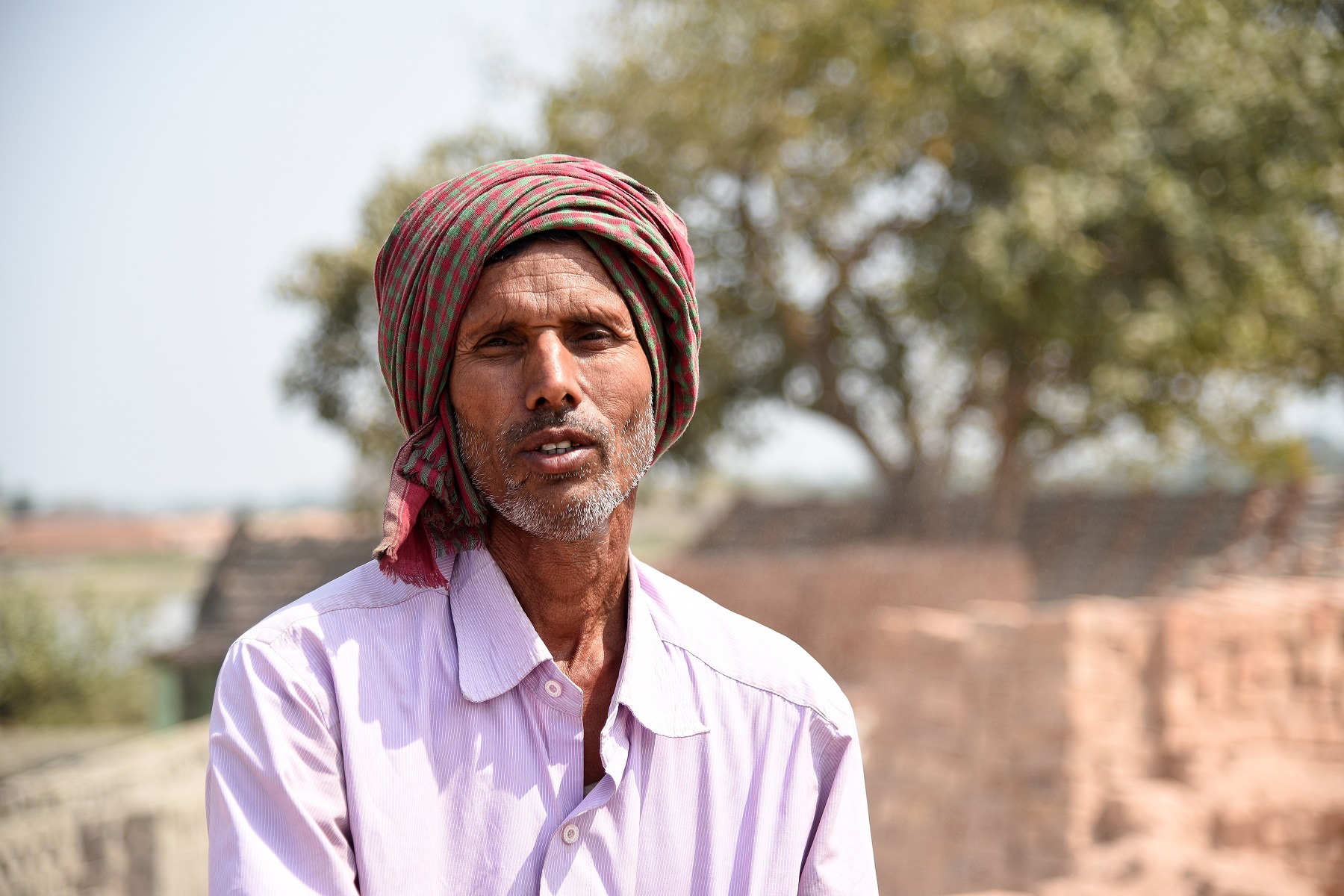
“Every year I come to Bengal from November to June. Here the rate is higher than Uttar Pradesh. Sometimes we have to work overtime. There are local level brokers (sardar) in villages, they get good commissions but we have no options,” says Narmu Yadav, from Gazipur, Uttar Pradesh, who controls the fire inside brick kiln.
This photo essay was originally published on HuffPost. You can find the original here.



